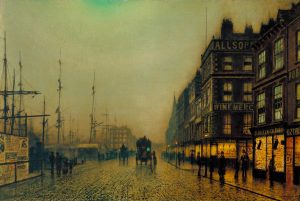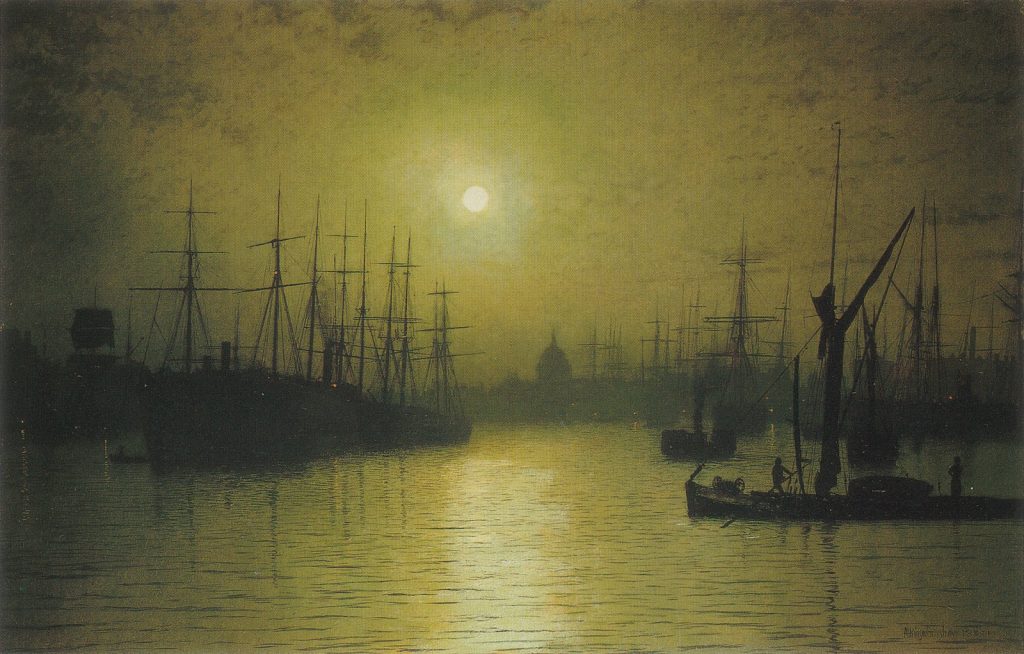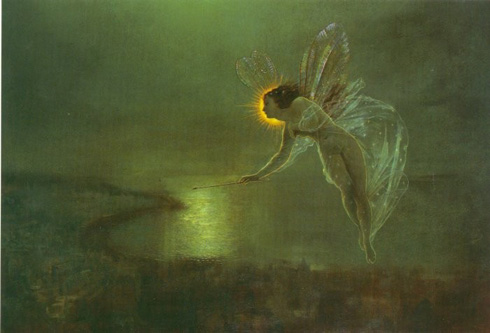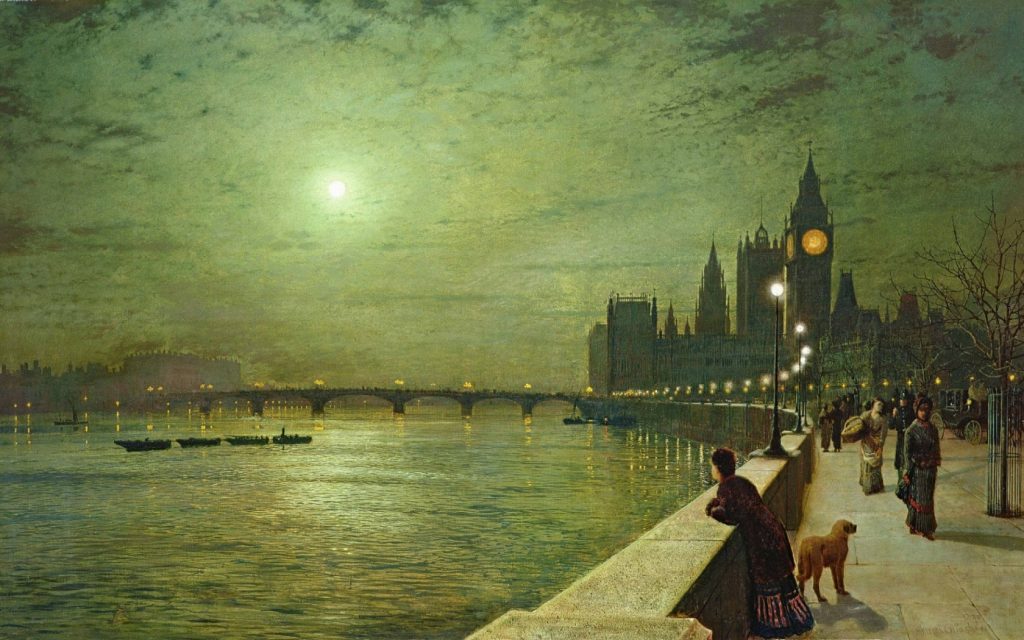John Atkinson Grimshaw was a Victorian-era painter who was born in Leeds on September 6, 1836. He went by John Atkinson. However, during his younger days as a painter, Atkinson signed his paintings as “J.A. Grimshaw” nut in 1867,
He dropped his first name altogether and signed as Atkinson Grimshaw. He was known for his city night scenes and was predominately a landscape artist. Many art critics feel that his work has not received the recognition it deserves.
Table of Contents
John Atkinson Grimshaw Biography
Atkinson worked mainly in Northern England and most of his paintings have not been exhibited. Only five of Atkinson’s paintings have been exhibited at the Royal Academy between 1874 and 1886 and one on Grosvenor Gallery.
This got him to diversify his style which was mainly marine painting. They are part of collectors’ private collections. Atkinson began his career as a painter with a lot of challenges. His parents were not for him becoming an artist.

However, after he got married, he became a full-time painter. Atkinson was a self-taught painter. He started exhibiting his work in Leeds museum in the 1860s. His style of painting was that of ‘minutely observed still life’ paintings.
To learn more about various techniques of painting, he traveled to Liverpool and London. This way he found a lot of material and different subjects he could paint on.
John Atkinson Grimshaw’s Rise to Fame
Atkinson’s talent slowly became famous and he started to sell his paintings successfully. By 1870, he became rich enough to buy a 17th-century mansion. He bought the mansion after the death of his three children.
His move to the mansion, which was called ‘Castle by the Sea’ made his career stronger because of the views it gave and the inspiration Atkinson got from the views.
The artists’ paintings then started to comprise of ships, the sea, and the docks. It can be said that Atkinson was a maritime painter. Along with moonlit town views, Atkinson also painted fairy pictures, sea, portraits, interiors, and neo-classical subjects.
Grimshaw’s Techniques in Painting
John Grimshaw then went on to experiment with other brush strokes and classical themes such as Lawrence Alma-Tadema, historical subjects contemporary ladies which were all very successful.
Some of his other themes were the paintings of seascapes at night which garnered a lot of interest. Some of the towns and docks he painted were Glasgow, Liverpool, Leeds, Scarborough, Whitby, and London.
When it comes to Atkinson’s style of painting, there has been little to no change through his career. Along with painting, he was also interested in photography. He combined photography and painting to make his style better.
John Atkinson Grimshaw Artworks
Sometimes, he used a camera obscura to make an outline on the canvas so the painting can be properly sized. This technique was often used for his oil canvases. Being the versatile painter he was, Atkinson often mixed paint with sand and other ingredients to get the desired hue.
Atkinson’s oil paintings have been forged and imitated during his lifetime and after that too. Around 1880, Atkinson increased his output of paintings and social realism crept into his paintings. He painted street and dockside scenes. Sometimes, he even tried painting photographs.
John Atkinson Grimshaw’s Legacy and Famous Paintings
After his death, his legacy continued through his son who also turned out to be an oil painter. Atkinson died of cancer at the age of 57. Some of his works were Spirit of the Night, Reflections on the Thames, Nightfall on the Thames and Shipping on the Clyde.



More Info On- Richard Redgrave, Aubrey Beardsley, William Leighton Leitch, Patrick Bramwell Brontë, Sophie Anderson, Martin Johnson Heade
